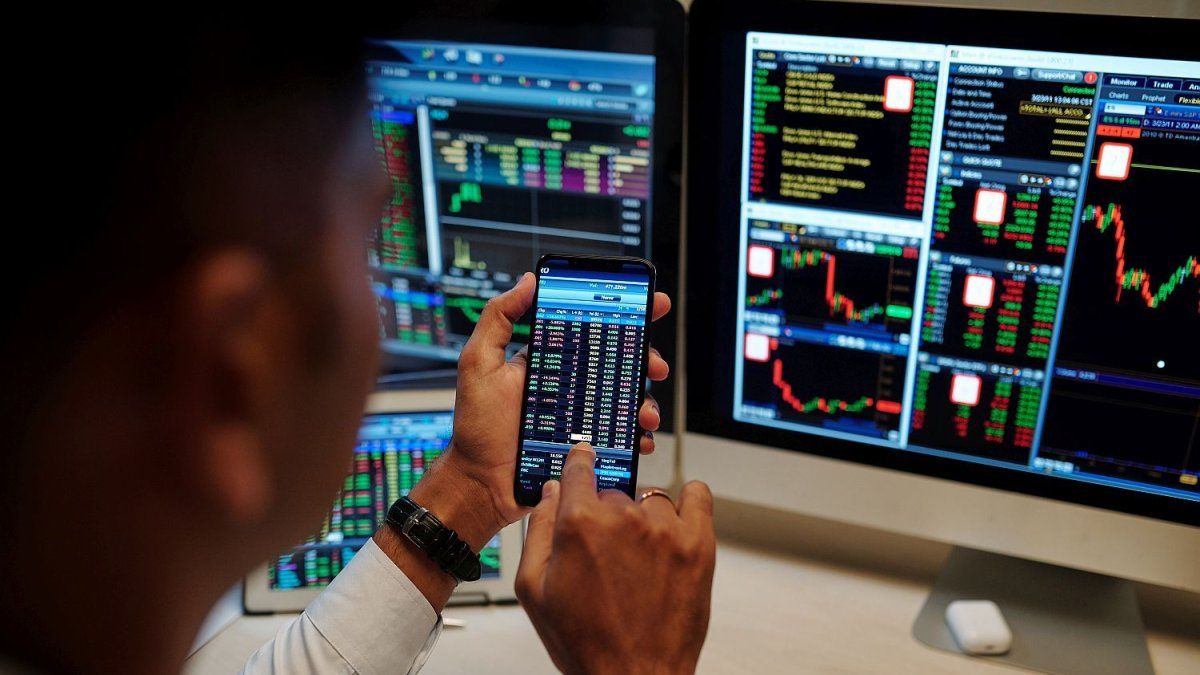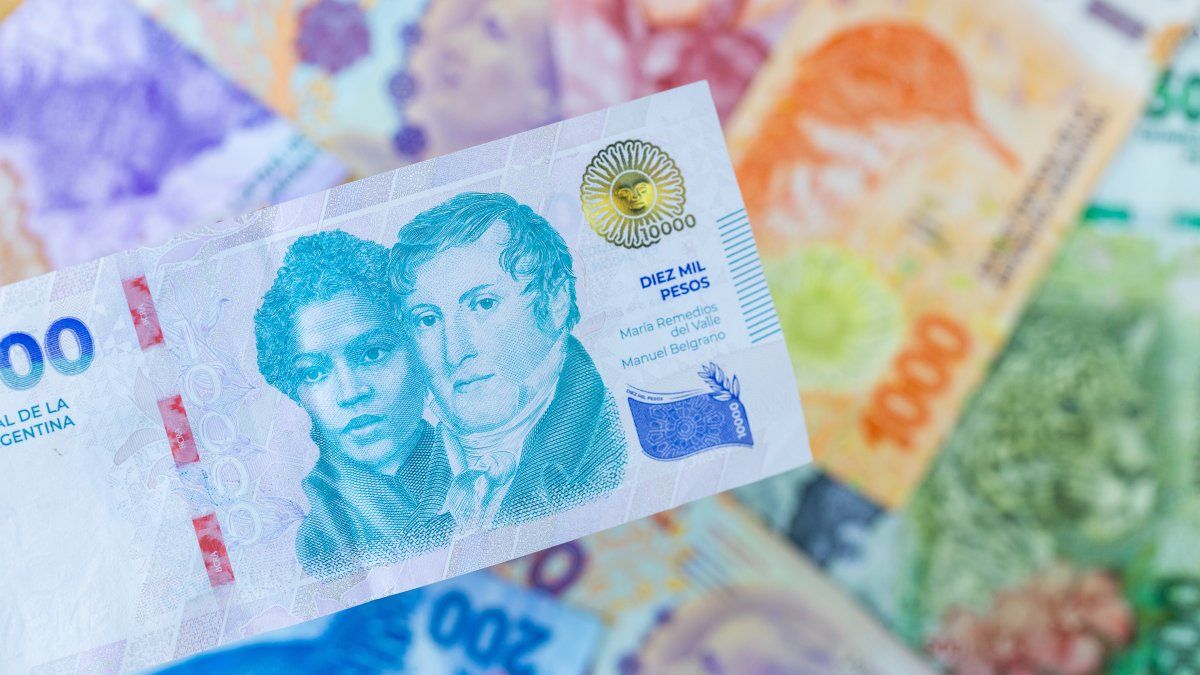After a good start to the week turbulent in international markets, Several investors quickly began to wonder what to do: whether to maintain their positions in Cedears, rotate portfolios towards other assets, or sell and remain liquid. The truth is that on Monday The Nikkei 225 fell almost 15%, its worst day since the 1980s, and the shock reached everywhere.
The causes were twofold: on the one hand, The Bank of Japan’s interest rate hike into positive territory for the first time in 20 yearsand on the other, US employment data that could indicate that the economy of that country will enter a recession.
Thus, the mechanism of ““carry trade” which was carried out using Cheap Yen Financing for Wall Street Investments was left with less margin, which triggered hedging positions through puts on the Chicago Market, and its correlation with the Fear Index, reaching levels not seen since the 2008 crisis. The truth is that in the following days, The situation has calmed down and analysts are discussing how to rearm after the impact.
Cedears: What signals should you pay attention to in the market?
For Nahuel Guevarafrom Portfolio Management, it may be that “we encounter some periods of volatility older. It is important to see what the next steps of the Federal Reserve“, although the expectation is that do not act in an emergency as was the request of some investors. Despite this, however, It is already ruled out that there will be a rate reduction in the next meetings and so? “historically it has been good for risk assets”he clarified in dialogue with Ámbito.
Regarding local investment, through Cedears, the recommendation was that Those who are already invested, keep calm and stick to long-term strategies.
“If one wants to think that going forward the American economy, It will surely cool downand will not fall into recession, lBig tech will present a favorable opportunity Since we are talking about top technology companies and we can take advantage of them after the sharp fall of these last few days at slightly more reasonable prices than we were seeing before,” he concluded.
How to build a competitive portfolio in this context
For its part, Ignacio Muruafinancial advisor of Quicktrade SBSin conversation with Ambit, analyzed: “While Monday’s market plunge may have sparked some enthusiastic sentiment for those eager to buy into the big tech companies, we understand that, Even with the sharp drop seen earlier in the week, the market is far from being on sale”.
On the contrary, he expressed that S&P500 valuations (driven by big tech), are found at really high levels (about 10% from 2001 highs). “That’s why we still recommend caution when investingand we have a strong preference for the Fixed rent of good quality for up to 3 to 5 years globally, and for Negotiable Obligations to pay CCL dollars locally,” he added.
As far as equities are concerned, Murua He expressed that he believes that “there are companies in the international market that present interesting valuations and a relatively attractive risk scheme. While they would not be exempt from an eventual price correction at a global level, we believe that there is a lot of value in companies like Nike (NKE) which fell more than 20% after reporting results and Alibaba (BABA)also has interesting prices (with a potential increase of 15%).”
Finally, another company in which Quicktrade SBS sees “good future potential” is Disneywhich is going through (successfully for now) a process of restructuring and cost reduction which should bring the global giant back to more reasonable prices.”
Cedears: aggressive or conservative strategy?
For its part, from PPIto build a conservative portfolio, they decided to maintain the proportion of 60% equity and 40% fixed income. “For our stock selection, we continue to bet on our ‘high’ portfolio dividends’made up of leading companies in their respective industries, with low beta and solid financial and credit fundamentals, while paying juicy dividends,” they said.
Investing companies include: ExxonMobil, Chevron, Barrick Gold, Bank of America, The Coca-Cola Company, Johnson & Johnson, Procter & Gamble, Verizon Communications, JP Morgan & Chase, and Dow Inc.
“The latest US jobs data created a lot of noise in the market. Interest rates plummeted and so did the major indices. The market fears that Powell has gone too far by not lowering the rate in July, and that postponing the move until Septembertriggering a sharp recession. In other words, the ‘hard-landing’ scenario is back on the scene,” they explained.
In this context, they preferred for the aggressive portfolio “to take a position more defensivediversifying across the three most important indices. In short, we position ourselves 50% S&P 500 (SPY), 25% Nasdaq (QQQ) and 25% Dow Jones (DIA).”
Source: Ambito
I am a 24-year-old writer and journalist who has been working in the news industry for the past two years. I write primarily about market news, so if you’re looking for insights into what’s going on in the stock market or economic indicators, you’ve come to the right place. I also dabble in writing articles on lifestyle trends and pop culture news.




